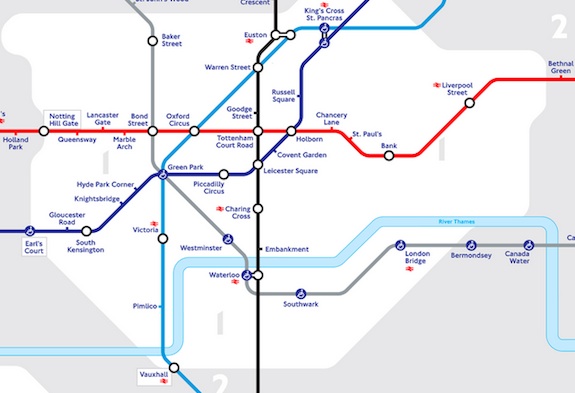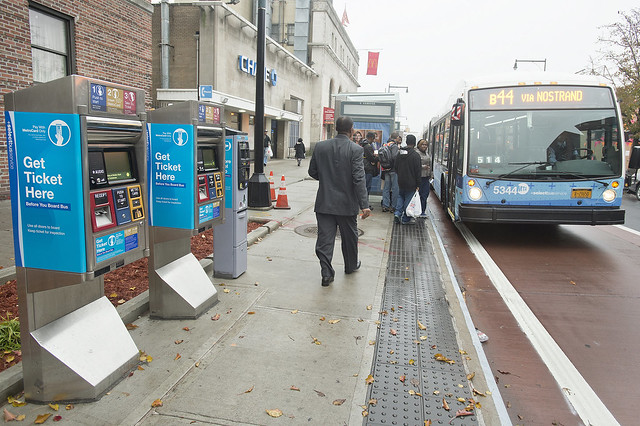
So little for so much: A possible route for the PATH’s pricey extension to the airport.
The slow lumbering ball that is the PATH train extension to Newark airport took another turn forward this week amidst some wheeling and dealing concerning Atlantic City. The stories and rationale are vague, and the extension’s future remains murky. But no matter the outcome, various reported cost estimates that have risen precipitously over the past 14 months should have even the project’s proponents eying it with some skepticism.
The story as we know so far involves trade-offs. According to a September report, New Jersey Governor Chris Christie has been dangling the PATH extension in front of United in exchange for the airline providing service to the struggling Atlantic City airport. On the record, Christie officials and United executives have not confirmed the report, but the denials haven’t been particularly rigorous.
Last week, United seemingly caved. As Ted Mann reported in The Journal, United will run flights from Houston and Chicago to Atlantic City. And how does that relate to PATH? Mann offered up a bit more:
An authority official said Thursday that Mr. Christie’s representatives within the authority have been “absolutely insistent” that hundreds of millions of dollars be included in the next capital plan to begin work on the PATH project. The full project could cost from $2 billion to $4 billion, the official said, and some within the authority question the use of the funds on a connection to the Newark airport. The capital plan isn’t expected to be released before the end of the year.
A United spokesman said the airline received no incentives to provide the Atlantic City service, though he didn’t rule out applying for any existing incentive programs provided by the airport. “Any discussions about the PATH train are irrelevant to the Atlantic City service,” spokesman Rahsaan Johnson said…
Some aviation experts are skeptical that United would risk a potential money-losing service expansion without assurances elsewhere, such as the potential for a one-seat ride from Lower Manhattan to Newark that a PATH extension would bring. “It’s hard to know whether it’s a virtual carrot or a real carrot,” Robert Mann, an aviation consultant, said of the New Jersey push to fund the PATH extension. “It would be of very great interest to United.”
It’s going to be some time before the future of the PATH extension comes into view, and there’s certainly a case to be made for a more direct connection between Lower Manhattan and any of the area’s airports. But let’s look at costs. When word first leaked of Port Authority’s intentions to study the extension, the bi-state agency estimated $600 million in design and construction costs. A year later, Crain’s New York spoke of the PATH hub as a $1 billion project. For an at-grade extension over existing right-of-way, the costs seem palatable for a New York rail project.
Now, though, Mann’s report estimates costs of $2-$4 billion, and the price tag raises questions and eyebrows. Under no circumstance should a PATH extension from Newark Penn Station to Newark Liberty International Airport cost anything close to billions. Even if PATH offered a one-seat ride to the terminals — effectively swallowing the Newark AirTrain — costs shouldn’t run this high. At some point, we’ll find out more, but as details emerge, this is shaping up to be another Port Authority project with a questionable origin and runaway costs. That’s some pattern emerging.
















 (42nd Street Shuttle)
(42nd Street Shuttle) I have, I must confess, a problem. I can’t throw out MetroCards any longer. I receive my 30-day card through a WageWorks, and I don’t pay the $1 surcharge each month. Still, at the end of the month, I can’t bring myself to throw out the empty card; it’s like flushing a dollar down the toilet each month.
I have, I must confess, a problem. I can’t throw out MetroCards any longer. I receive my 30-day card through a WageWorks, and I don’t pay the $1 surcharge each month. Still, at the end of the month, I can’t bring myself to throw out the empty card; it’s like flushing a dollar down the toilet each month.